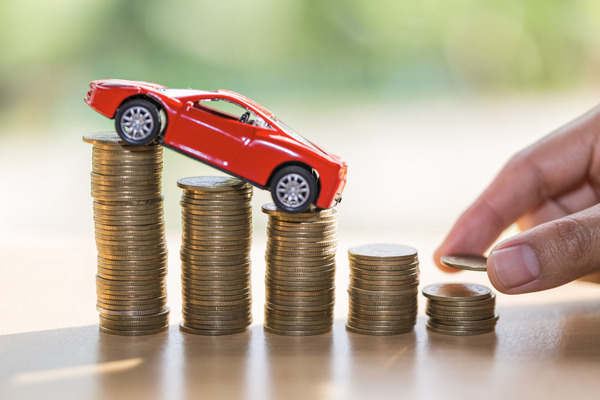Japanese automakers, such as Honda Motor (HMC) and Toyota Motor Corporation (TM), have long been seen as laggards in move toward electric vehicles (EVs).
But now, both companies are revving up for the EV race. In fact, Honda has emerged as a star performer in this year’s Japanese stock market rally, as investors cheer its commitment to increasing production of electric vehicles.
Its ADRs (American Depositary Receipts) have climbed 36% this year, outpacing those of Toyota and other major Japanese carmakers in 2023.
Overall, the Nikkei 225 stock index—not hedged for currency—has gained about 16% in 2023.
And there’s plenty more growth on the horizon for Honda…

Honda’s Bold EV Plan
In 2022, Honda announced plans to produce two million EVs and roll out 30 electric models by 2030. It wants to completely phase out conventional fuel powered cars by 2040. The company underscored its emphasis on electrification on July 4, when it revealed a deal to reduce its stake in Yachiyo Industry. This is a Japanese subsidiary that earns a quarter of its revenue from making fuel tanks for traditional vehicles, while also producing other parts, including sunroofs. Yachiyo has been part of Honda’s supply chain since 1953. The Yachiyo transaction was just the latest example of Honda restructuring suppliers as it moves into its electric vehicle era.
In October 2022, the automaker raised its stake in automotive lighting maker Stanley Electric by four percentage points, to around 10%. Honda also plans to lift its stake by seven percentage points, to 40%, in Hitachi Astemo, to strengthen development of autonomous and electric technologies.
In addition, over the past year, Honda has formed joint ventures with battery makers like LG Energy of South Korea and GS Yuasa of Japan, and secured battery supplies from China’s Contemporary Amperex Technology (CATL).
The LG Energy Deal
The U.S. will be crucial if Honda is to succeed in its EV ambitions. That’s because Americans account for nearly a third of the company’s global sales.
A stable supply chain in the region is a necessity. That led to the deal with LG Energy. The two companies will invest $4.4 billion to build a new battery plant in the U.S. It will be Honda’s first manufacturing facility for EV batteries in the U.S.
The joint venture, with LG holding 51% and Honda 49%, is under construction in Jeffersonville, Ohio, near Honda’s main American manufacturing facility in the U.S. Honda expects the new facility to be completed by the end of 2024, enabling the start of mass production of EV battery modules using advanced pouch-type lithium-ion cells by the end of 2025.
And Honda has even more in the works…
Honda and Sony Team-Up
Honda is teaming up with Sony (SONY) in a 50/50 joint venture. They plan to use music, movies, and the PlayStation 5 to take on Tesla and the rest of the automotive industry.
The goal is to develop an electric car built around a premium entertainment experience. Honda believes it can gain an edge over competitors by leveraging Sony’s powerful position in the global entertainment industry. Tesla is not providing any content services. Yasuhide Mizuno, now the chair of the joint venture and formerly in charge of Honda’s cars division, said the company was even adapting the car production process to put content first.
Some auto analysts believe that the grand ambitions of the Sony-Honda joint venture mask a simpler set of business goals: to showcase the technologies and software platforms that other global automakers might want to install in their vehicles.
Honda’s Future Road
Honda is currently relying on General Motors (GM) to get its new electric SUV to market, but the company is working on its own EV platforms feverishly. While the 2024 Prologue uses GM’s Ultium battery platform, Honda recently announced that a second electric model using Honda’s proprietary platform will follow in 2025 for North America. It’s described as a “mid- to large-size” EV and will use Honda’s new electric platform, called e:Architecture.
This is a key step if the company is to hit its ambitious targets…Honda’s goals for North America are for electric models to make up 40% of Honda’s sales by 2030, 80% by 2035, and 100% by 2040.
It will be interesting to see if Honda can pull this off. After all, Honda’s operating income for the last five fiscal years from four-wheeled vehicles has fallen below its two-wheelers, of which it is the world’s top manufacturer. For fiscal 2023, motorcycles generated 488.7 billion yen ($3.48 billion) of operating profit, versus an operating loss of 16.6 billion yen ($118.15 million) in automobiles.
Nevertheless, I believe Honda will succeed. It’s a buy in the $28 to $33 range.





